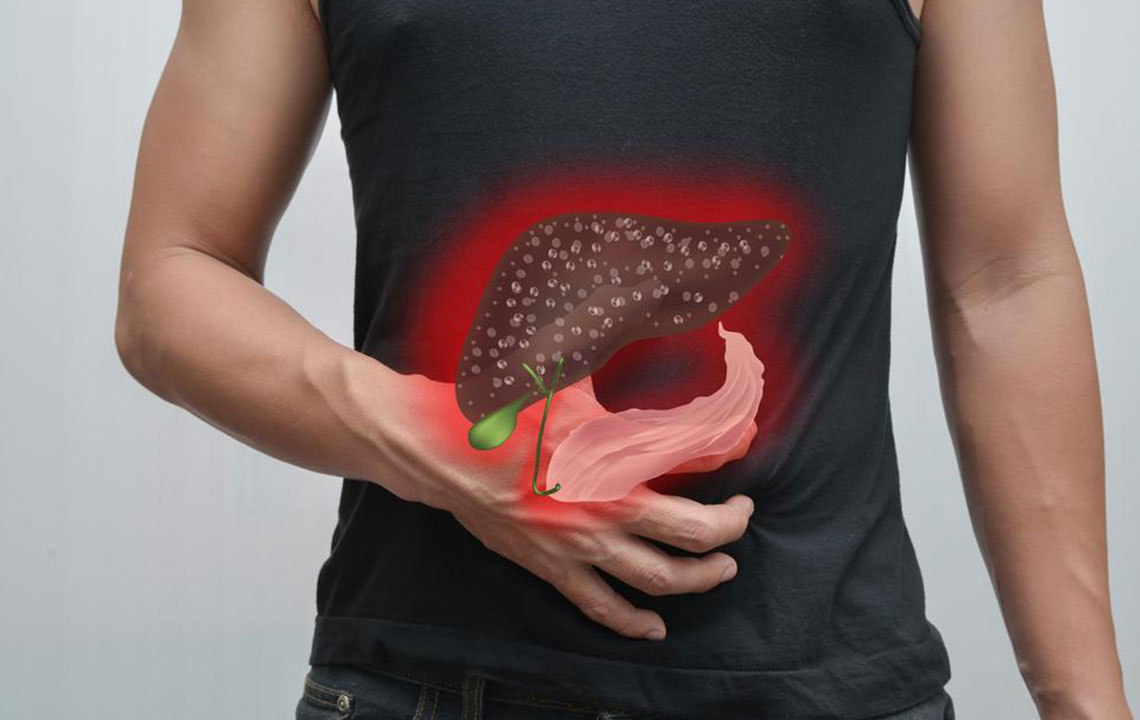Hepatitis C Explained: Causes, Symptoms, and Effective Treatments
This article comprehensively explores hepatitis C, detailing its causes, symptoms, diagnosis, treatment options, and prevention methods. It highlights the importance of early detection and modern antiviral therapies with high cure rates. Emphasizing awareness and safe practices, it guides individuals on managing and preventing this silent liver disease effectively.

Hepatitis C Explained: Causes, Symptoms, and Effective Treatments
Hepatitis C is a liver disease resulting from an RNA virus that causes persistent inflammation and potential scarring, known as cirrhosis. This virus targets liver cells quietly, often without noticeable symptoms for years. Unlike hepatitis viruses A, B, D, and E, hepatitis C has unique characteristics and health impacts. If left untreated, it can lead to severe liver damage and other complications. Early detection, prevention, and medical treatment are essential for managing the condition effectively.
Because hepatitis C can remain asymptomatic for years, awareness is vital. It is primarily transmitted through infected blood, shared needles, or contaminated medical equipment. Less common routes include tattoos and body piercings. The virus is rarely spread via sexual contact or casual interactions like sharing utensils. Mother-to-child transfer may occur but is rare. Blood transfusions and dialysis treatments pose additional risks.
Identifying Hepatitis C: Symptoms
The incubation period ranges from two weeks to six months. Early indications are fever, fatigue, nausea, abdominal discomfort, dark urine, jaundice, and poor appetite. These symptoms are often mild or mistaken for other illnesses, making testing crucial. Advanced disease may cause bleeding, pale stools, depression, weight loss, and profound tiredness, indicating serious liver damage requiring prompt intervention.How Hepatitis C Is Diagnosed
Diagnosis involves two main tests: serological testing for anti-HCV antibodies and nucleic acid testing (NAT) to detect active viral RNA. Liver assessments, such as biopsies or elastography, evaluate damage extent, including fibrosis or cirrhosis. Precise diagnosis guides effective treatment strategies.Current Treatment Options
Many individuals can clear the virus naturally, but most need medication. Treatment outcomes depend on the viral strain and disease stage. Recent antiviral drugs like Daclatasvir, Sofosbuvir, and Ledipasvir combinations achieve cure rates up to 95%. These medications are favored for their high safety and tolerability, following WHO recommendations for optimal management.Preventive Measures
Since no vaccine exists yet, prevention focuses on minimizing exposure. Use sterile needles, dispose of sharps safely, maintain hygiene, and ensure blood screening. Consistent condom use reduces sexual transmission risk. For those already infected, regular check-ups, vaccinations, and awareness are critical components of secondary prevention.Factors Influencing Liver Damage and Cancer Risk
Factors like smoking, alcohol consumption, drug toxicity, stress, genetics, and chemical exposure can accelerate liver damage and increase cancer risk. Avoiding these risks helps slow disease progression and protect liver health.Note: Some homeopathic remedies such as Celandinium Majus, Bryonia Alba, and Kali Carbonicum are used as complementary approaches. Always consult a healthcare provider before starting any treatment for hepatitis C to ensure safety and relevance.


